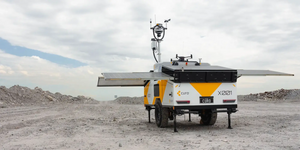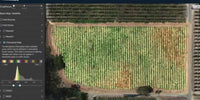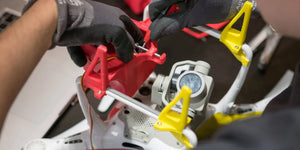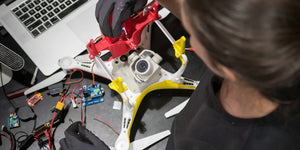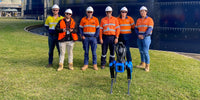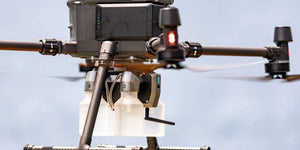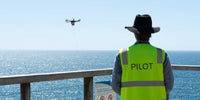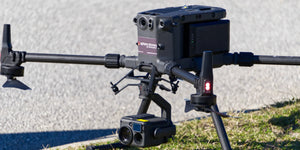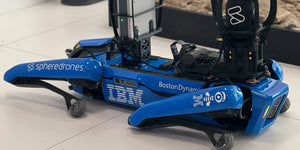What is a Subsea ROV?
A Subsea ROV (remotely operated vehicle) refers to a passenger-less vehicle that operates underwater for recreational or enterprise uses. Subsea ROVs come in many shapes and sizes depending on the use case and price range. Some subsea ROVs are as small as a soccer ball while some scale up to the size of small cars.
Subsea ROVs are commonly used for underwater inspections, monitoring, and exploration that is too dangerous to be undertaken by a human. Subsea ROVs are common in the search and rescue, military, oil and gas, shipping, infrastructure, exploration, and mining industries.
Classes of ROVs
Work class
A work class ROV is used for ocean floor exploration and inspections at depths that divers are often unable to reach. They act as a safe alternative to divers and are often used in offshore energy projects and deep archaeological investigations.
Light work class
A light work class ROV is ideal for moderate to deep depths; the ROV is deployed from ships in lieu of divers to explore. It can be used during inspections to make repairs. Large extensions, such as laser scanners or specialized inspection devices and sensors, can be added on.
Observation class
An Observation Class ROV is small in size, used to explore lakes, rivers, and coastal waters. They are often used to test water safety prior to a diver entering the water during missions and conducting inspections, able to be equipped with sonar and custom sensors, they are versatile vehicles.
Micro or Mini class
The micro or mini ROV is the smallest class, often used to inspect hard to reach areas at shallow depths, such as pipe systems and submerged infrastructure.
Source: Deep Trekker
